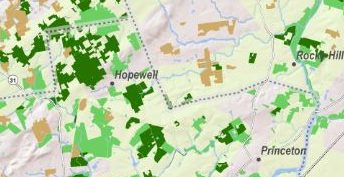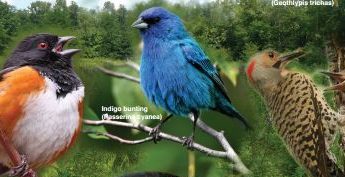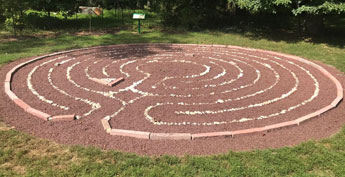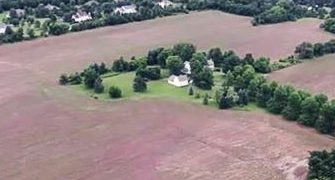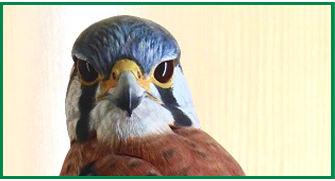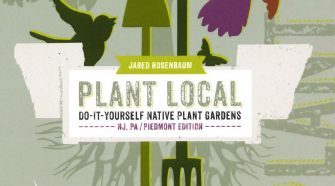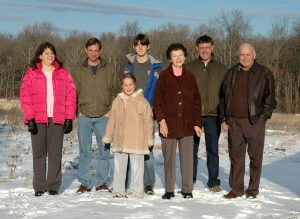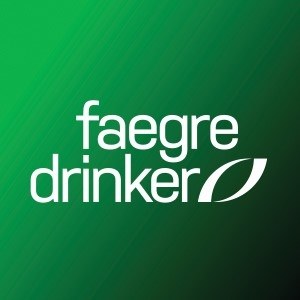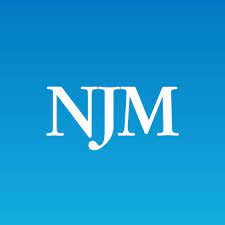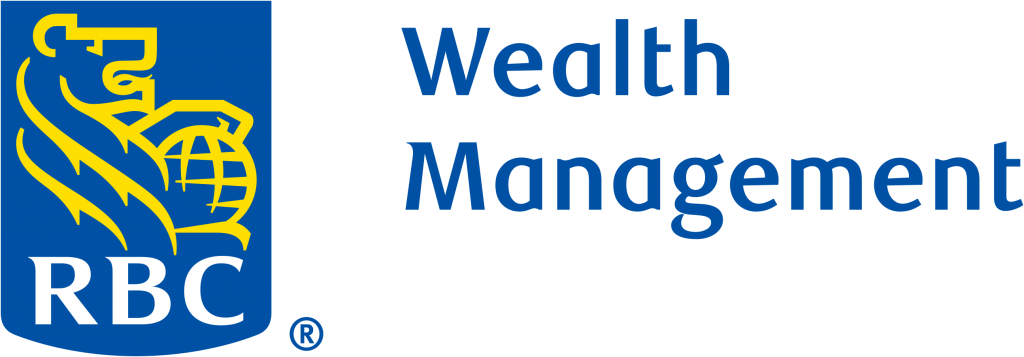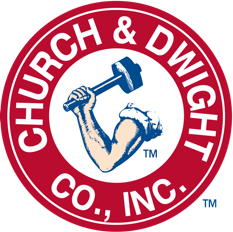Rawlyk Family Farm Preserved
When the preservation of our farm closes this year, it will be the 80th year that my family has owned these 50 acres and the 4th generation of Rawlyks to operate this land as a working farm. The land was first farmed in the 1920’s by my grandparents, then by my dad and me. The 4th generation, my sister’s children – Christian, 15 and Julie, 8 – are growing up while visiting and working on the farm.
My grandparents on my father’s side, William and Vera, emigrated as teenagers from the Ukraine through Ellis Island to New York City just before the First World War. They worked for many years to save up money to buy the land in 1926 for $6,600.
 When they first owned the farm my grandfather plowed the fields with horses. He died in 1933 at age 39, leaving his wife alone on the farm to raise their 4 year old son (my dad, Stephen). The farm at that time included an orchard and dairy operation. They produced a variety of crops, grew or raised much of their food, and were remarkably self-sufficient. My dad even owned an airplane and had an airstrip on the property in the 1940’s.
When they first owned the farm my grandfather plowed the fields with horses. He died in 1933 at age 39, leaving his wife alone on the farm to raise their 4 year old son (my dad, Stephen). The farm at that time included an orchard and dairy operation. They produced a variety of crops, grew or raised much of their food, and were remarkably self-sufficient. My dad even owned an airplane and had an airstrip on the property in the 1940’s.
However, over the years, the type of farming needed to adapt to serve different economic needs. After WWII, the farm was converted to grain and large-scale egg production with more than 30,000 chickens. In the late 1970’s we began growing sod to supply landscaping needs for New Jersey’s burgeoning development economy. However, the need to adapt to these changing markets required a large investment of resources. During that time, part of the original 118 acres were subdivided and sold to support the expenses of ongoing farming. Our family continued to work hard to maintain our rural lifestyle and to keep the remainder of the farm, the very land that we are preserving today.
It was from this experience – playing as a kid in the woods and fields, seeing the broad horizon from the seat of a tractor, harvesting corn in the fall, watching the sunsets, the fireflies, the changing seasons and the wildlife – that the land became part of me. Our family’s history is built on 80 years of experiences with farm dogs and cats, cows and horses, tractors stuck in the mud, neighbors working together during the Great Depression. These experiences and stories tied me and my sister to the land and our own family history.
Seeing the property cut in half in order to fund our survival as a farm family made me question how this might have been done better. I spent years searching for another way, one that would preserve both the family and our land. In working with D&R Greenway Land Trust, I found the solution first hand as I worked with other landowners to permanently protect their properties.
Our Family’s Pathway to Preservation
Just like the many families I work with in my role as Director of Land Preservation for D&R Greenway Land Trust, my own family had to be educated about our options. The opportunity to preserve our land and our lifestyle had changed significantly since the 1970’s when we had no other choice but to sell land for houses.
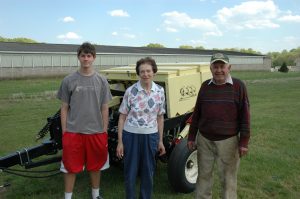 The entire family had to be brought together to decide the fate of the land. Four generations of history with our property provided us all with strong ties to our community. My father really did walk through blizzards to a one room school house about one mile from the farm (it’s still there). My mom moved from the nearby town to the farm when my parents married in 1950. She raised my sister and me while doing more than her share of the farm work and bringing in extra income from another job, as many farm families do. One of her favorite farm stories is about the thousands of chickens that we raised outdoors, fed from the back of a feed truck. Every morning the chickens would mistake the school bus for the feed truck and flood into the road, completely stopping traffic. How many Rawlyks did it take to get the chickens out of the road? All of us.
The entire family had to be brought together to decide the fate of the land. Four generations of history with our property provided us all with strong ties to our community. My father really did walk through blizzards to a one room school house about one mile from the farm (it’s still there). My mom moved from the nearby town to the farm when my parents married in 1950. She raised my sister and me while doing more than her share of the farm work and bringing in extra income from another job, as many farm families do. One of her favorite farm stories is about the thousands of chickens that we raised outdoors, fed from the back of a feed truck. Every morning the chickens would mistake the school bus for the feed truck and flood into the road, completely stopping traffic. How many Rawlyks did it take to get the chickens out of the road? All of us.
In recent years we have had to face other economic and family issues. My dad was ready to retire from active farming, and my mother was dealing with health issues. They both wanted to ensure the future of our family and our farm.
Because of my position at D&R Greenway Land Trust, I could not work through D&R Greenway to preserve our land. Instead, my family worked independently with the New Jersey Green Acres Program. The State is assembling a Greenway of preserved lands along the entire Lockatong Creek. Our farm’s location in the headwaters made our property desirable for acquisition.
Ultimately we decided on a sale of most of our farm to the State at a bargain sale price. My family accepted about 25% less than full market value for our land. The contribution that we made to the preservation of the property through a reduction in price qualifies as a tax deductible donation. The result is that we pay less in taxes and realize a better net return than we would have from a traditional development sale.
Next Steps: Perpetual Stewardship of the Land
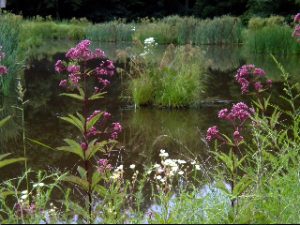 My particular interest was in seeing our land managed to enhance wildlife habitat, and to protect endangered species and migratory birds. These goals are consistent with the State’s goals; however, the State does not have sufficient staff resources for this type of active management and looks for experienced, dependable partners. After the acquisition details were complete, the solution was for my family, in consultation with the State, to identify a nonprofit organization to enter into a stewardship partnership with the State through a Management Agreement.
My particular interest was in seeing our land managed to enhance wildlife habitat, and to protect endangered species and migratory birds. These goals are consistent with the State’s goals; however, the State does not have sufficient staff resources for this type of active management and looks for experienced, dependable partners. After the acquisition details were complete, the solution was for my family, in consultation with the State, to identify a nonprofit organization to enter into a stewardship partnership with the State through a Management Agreement.
Our family trusted D&R Greenway Land Trust to take on this role. D&R Greenway is well established and has skilled staff that can manage the property’s sensitive resources. D&R Greenway has a proven track record of over 140 preserved properties and significant land holdings under active stewardship. A Management Plan was developed to include a Natural Resources Inventory and long term goals that include ecological habitat management, hunting for the purpose of protecting biodiversity, education and public access trails.
My family was willing to make a donation of $25,000 to D&R Greenway’s Stewardship Endowment to ensure that the land would be properly cared for in perpetuity. Too often sensitive lands are preserved with no plan or endowment and the very things that everyone sought to preserve can’t be maintained, and are therefore lost. We understood that this endowment was a good investment that would ensure the proper care of the property. We also understood the many costs and responsibilities involved in long term stewardship for the land trust. When you consider that perpetuity is a long time, this one-time investment was a huge bargain. It was our contribution to the ultimate preservation of the land.
The Real Value of this Partnership
The successful preservation projects that actually get completed are usually a well crafted balance between the benefits to the landowner and the public.
On my family’s farm, the balance was met. When we sold the farm, we realized a total return – taking into consideration purchase price, tax benefits, and time value of dollars – similar to that which a developer would have given us and we got it faster and with fewer up front costs. Equally important, we can all still enjoy the land in its current condition, along with the rest of the public. With a developer it would be off limits to everyone but a few homeowners.

The final preservation solution ensures that wildlife habitat will be enriched and the entire community will benefit through recreation, education and protection of the forest and of water quality in the Lockatong Creek. D&R Greenway can benefit other landowners by using the property as a teaching example to demonstrate management of grassland habitat. My family was awarded a grant from the New Jersey Landowner Incentive Program (LIP) to convert 45 acres of sod field to native warm season tall grass prairie, providing habitat for endangered grassland birds. In addition, the LIP program and Natural Resource Conservation Service approved and funded design of a 2-acre constructed wetland along the lower edge of the fields bordering the woods. This will allow an increase in the emergent wetland on the property and provide high quality habitat for vernal pond species, such as wood frogs, spotted salamanders, and spotted turtles as well as other wildlife such as shore birds, wood ducks, and many others.
The work that I do with landowners at D&R Greenway Land Trust will benefit from my own personal experience. In the end, my family chose preservation over development to fund my parent’s retirement while protecting the land we love. My mother summed up our family values when she noted that the family history will stay alive as long as the land is there – and her grandchildren will be able to experience the history and connection to the land that is so important to all of us. The entire family is pleased and proud that we could contribute our part to help sustain the quality of life for everyone who lives in central New Jersey.

